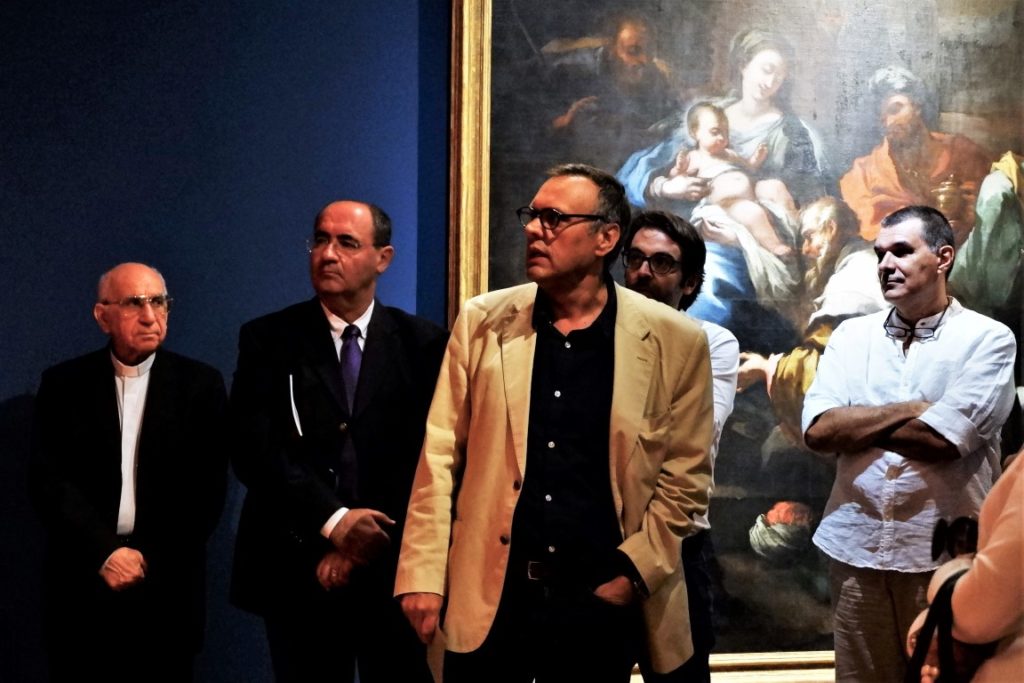 It's not just an exhibition. It is “the” exhibition, the one that has long been desired. After years of hard work, investment and a good dose of diplomacy, the Municipal Museum of Faro (MMF) this Saturday inaugurated the exhibition “Paintings of the Baroque in Seville and the Algarve – Contacts, Coincidences and Disagreements”, which includes pieces of high value (artistic but also economic) from the Museum of Fine Arts in Seville, an international reference as far as the art of this period of history is concerned.
It's not just an exhibition. It is “the” exhibition, the one that has long been desired. After years of hard work, investment and a good dose of diplomacy, the Municipal Museum of Faro (MMF) this Saturday inaugurated the exhibition “Paintings of the Baroque in Seville and the Algarve – Contacts, Coincidences and Disagreements”, which includes pieces of high value (artistic but also economic) from the Museum of Fine Arts in Seville, an international reference as far as the art of this period of history is concerned.
The main attraction of this exhibition, inaugurated yesterday, September 23, and which will be on display until November 26, is the painting “S. Jerónimo Penitente”, by Bartolomé Murillo, one of the great masters of Baroque. But there is so much more to see. The exhibition features eight canvases, four by Spanish painters and as many by Portuguese artists, which were painted in the 17th and 18th centuries.
The works chosen tell the story of this movement, first in Spain, namely the Sevillian school, a reference during the golden age of the Baroque, and later in Portugal and the Algarve, where the influence of the masters of Seville was very strong.
“Our criterion was scientific and technical. In this exhibition, four masters from each of the schools are represented. And each represents different periods, techniques and styles within the Baroque. So that's what we wanted to show: that there are differences between the various masters and between the two countries. We chose and then placed the order, and the Museum of Fine Arts in Seville didn't put up any obstacles», told journalists Marco Lopes, director of the Museum of Faro, on the sidelines of the opening of the exhibition.
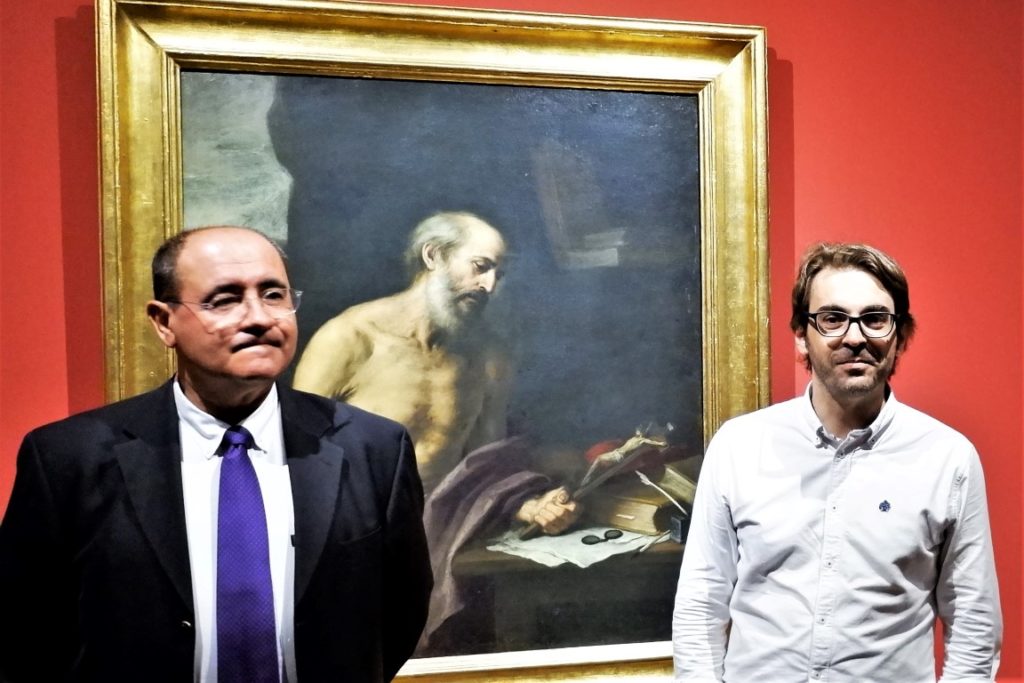
As he had already made clear in his speech, the person responsible for the Faro museum space revealed that this was an old desire of the structure he directs.
«The idea came up years ago, thinking of the relationships that were already documented and were known between the Algarve and Seville. They exist in the most diverse areas and one of them is painting. We knew that the Baroque painting that exists in the Algarve has an influence or that the Sevillian school was drinking a lot», he said.
Taking into account that the Municipal Museum of Faro it has “a known collection”, in a room dedicated to Baroque art, those responsible for the Algarve museum space thought that “it would be the opportune moment” to make this connection known. “We thought: the Sevillian school is represented in an extraordinary way at the Museum of Fine Arts in Seville, so let's give it a try”, illustrated Marco Lopes.
The idea was, from the beginning, to use some of the works in the Andalusian museum to «build that bridge» and create «an exhibition that would document this historical relationship». The idea has matured over the years, but it was about two that it gained momentum and resulted in contacts between the two museums.
In addition to winning an exhibition “that many museums would like to be able to present”, the MMF expanded its network of partners in the museological area. «We already had a relationship with the Serralves Museum, with the Machado de Castro National Museum and with the Millenium BCP Foundation and we thought: why not the Museum of Fine Arts in Seville».
A relationship of trust between two entities from different countries, even if they are neighbors, and which involves items of great value, cannot be built overnight, as proved in this process.
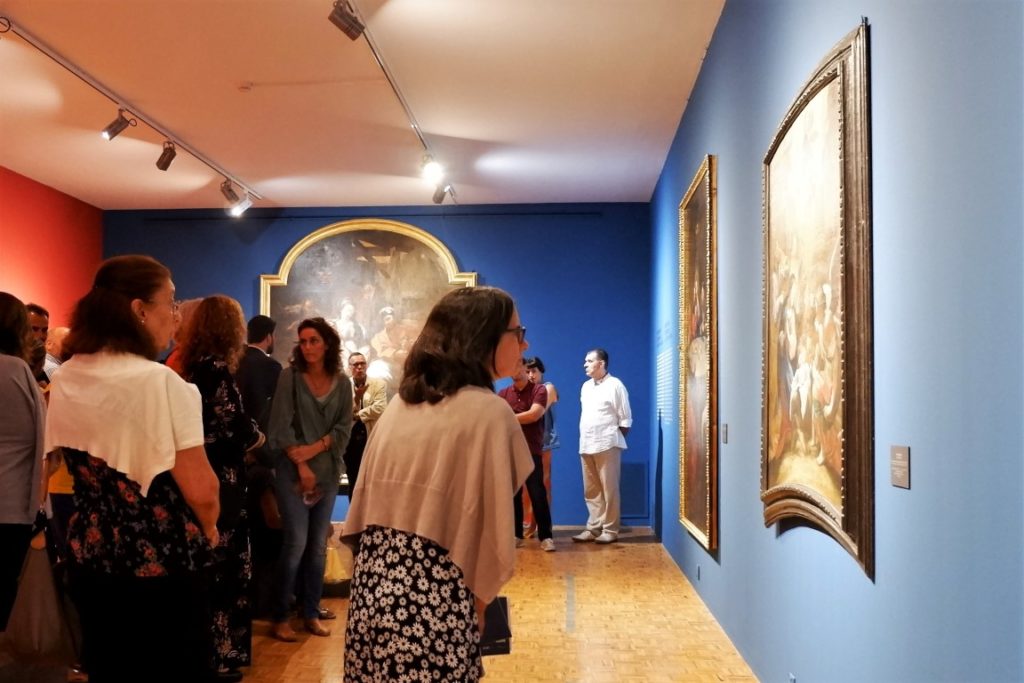
«It was with some surprise that they accepted our proposal, as the Museum of Fine Arts is used to holding some exhibitions with institutions of great international reference, such as the National Museums of Ancient Art or the Prado. I will not hide here that we are a municipal museum, of a regional nature, which, although it has a history and its scrolls, had to show some muscle and prove to be up to the requirement, to guarantee this exhibition», he revealed.
After all, we are talking about works with a high artistic and economic value that cannot be exhibited without some care, namely in terms of room air conditioning and security. These technical conditions for receiving the pieces were guaranteed by the team of the Municipal Museum of Faro in the last two years, with the support of the Chamber of Faro and patrons.
“There were some investments, namely with regard to air conditioning. When we talk about works of this importance, air conditioning is a point of honor. Temperature and humidity values cannot fluctuate, as this could jeopardize their integrity. And there was also the issue of safety, transport, insurance and restoration of some of the pieces that are exhibited here», explained Marco Lopes.
This is another of the victories pointed out by Marco Lopes, since part of the paintings that make up the exhibition “Paintings of the Baroque in Seville and the Algarve – Contacts, Coincidences and Disagreements” had to be recovered, which allowed not only to give them «another brightness”, but also, in some cases, to deepen the knowledge about the screens in question.
“Of the four canvases we brought from Seville, there was one that came under the condition that we were the ones to sponsor its restoration. It was the first time that this painting came out of the Museum of Fine Arts in Seville», he revealed.
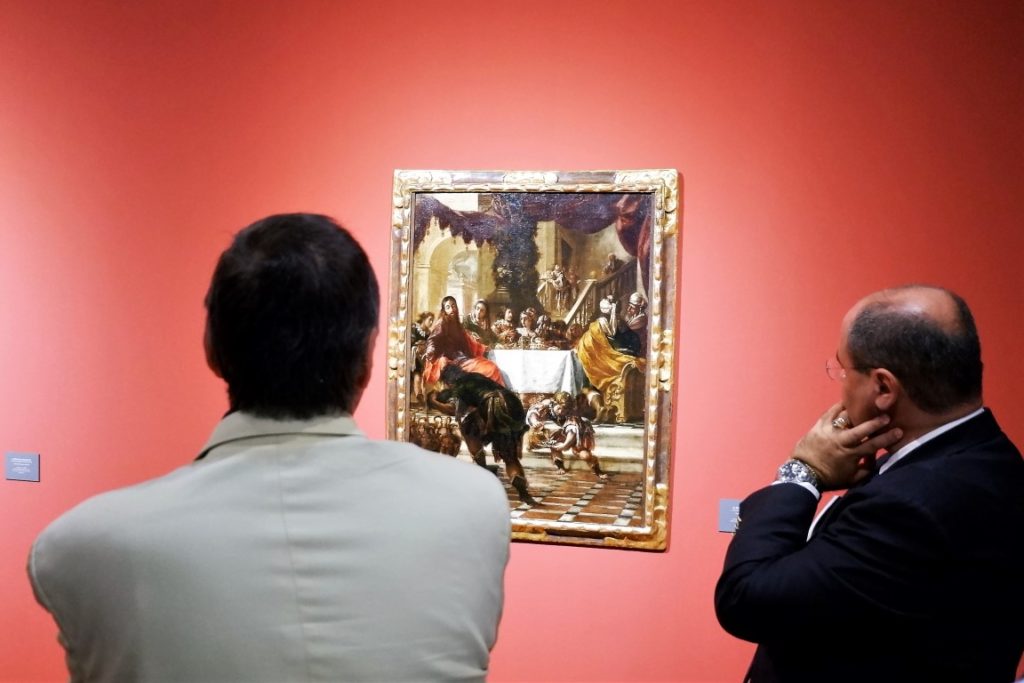
«To the Portuguese, we had to restore them all. The museum team restored two. The others were handed over to private companies, specialists in restoration”, he said. These pieces are part of the sacred art collection of the Diocese of Algarve, of the Igreja da Sé de Faro and São Pedro Church, also in the Algarve capital.
The mayor of Faro Rogério Bacalhau, for his part, highlighted “the very great struggle” that was necessary to guarantee the arrival of works from Spain. «Gaining the trust of the Museum of Fine Arts in Seville was something that took time, because the works, in addition to their economic value, have a very large affective value and are part of a vast collection. It was not easy and I have a word of appreciation to Marco Lopes and his team», said the mayor from Faro.
«This exhibition is an important milestone for the museum and for the city of Faro, because following this trust, it will certainly be much easier to open other doors and make protocols with other museums, both nationally and internationally», considered Rogério Bacalhau.
The works that can be seen in this exhibition are: “Jesus Among the Doctors” (Mestre de Besançom, 1629-30); "S. João Baptista Child Served by Two Angels” (Juan del Castillo, circa 1640); "S. Jerónimo Penitente” (Bartolomé Esteban Murillo, circa 1665); “The Wedding of Cana” (Juan de Valdés Leal, 1661); “Institution of the Eucharist” (Marco da Cruz, 1679); “Nativity” (unknown painter, follower of Marco da Cruz, 2nd half of the 1700th century); “Adoration of the Magi” (unknown painter, last third of the 1710th century); and “Visitação” (António Oliveira Bernardes, XNUMX-XNUMX).
The first visit to the exhibition was guided by specialist in Baroque art Joaquim Caetano, from the National Museum of Ancient Art.
Photos: Hugo Rodrigues|Sul Informação
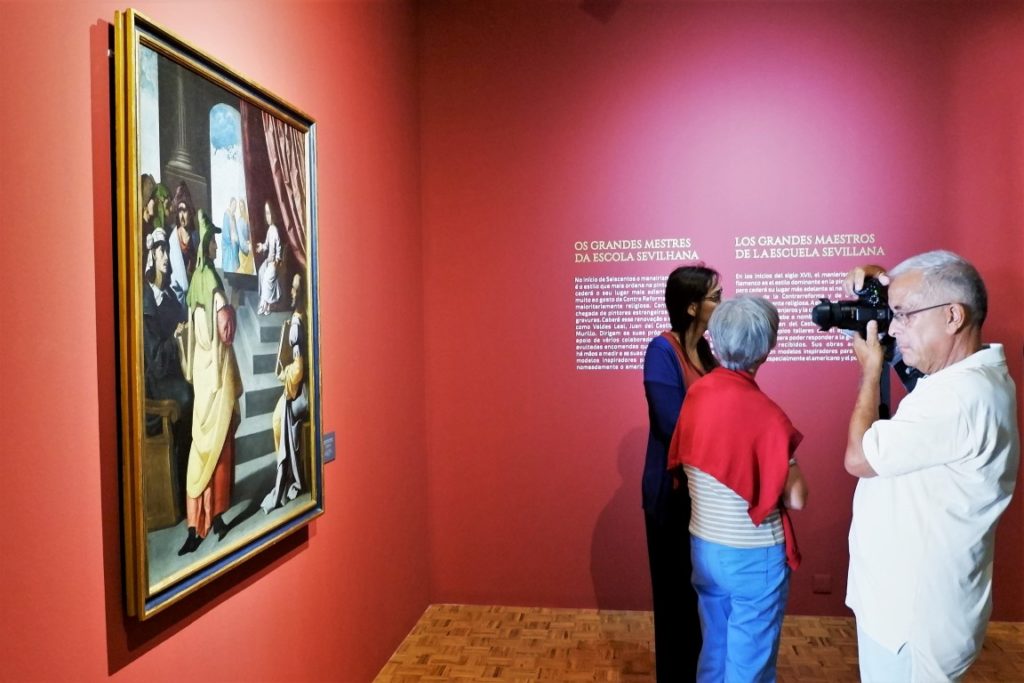
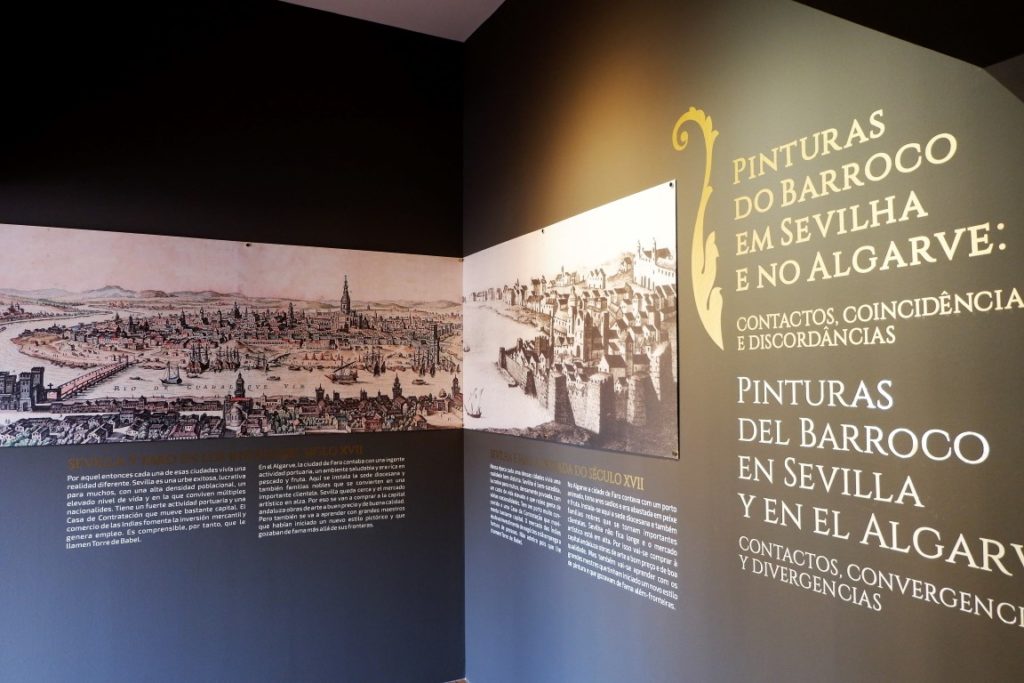
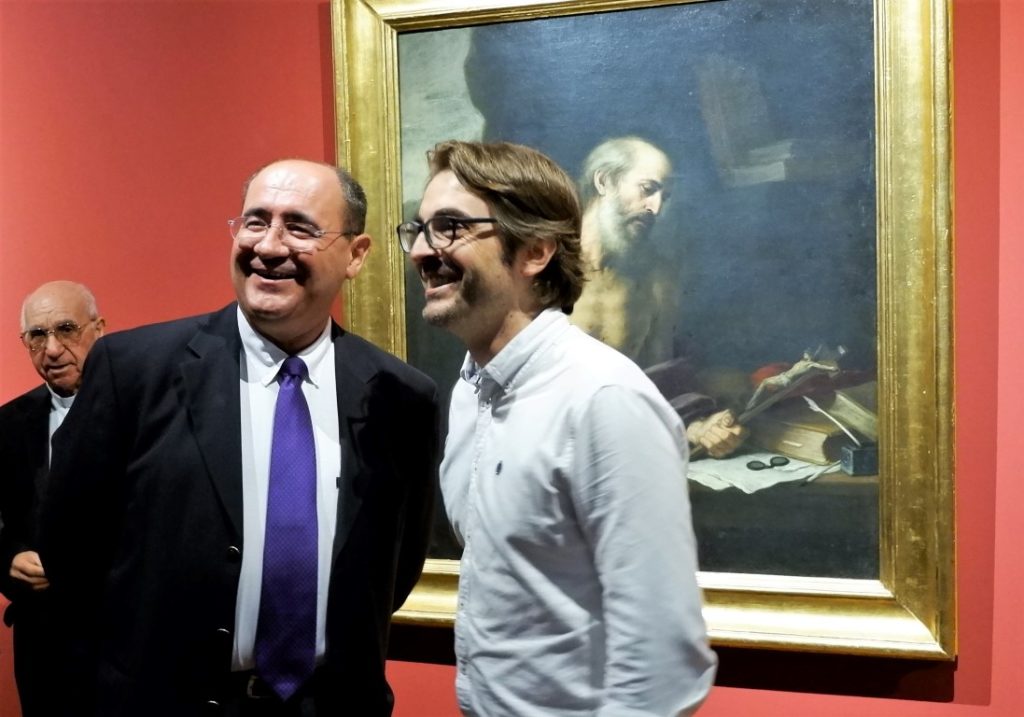
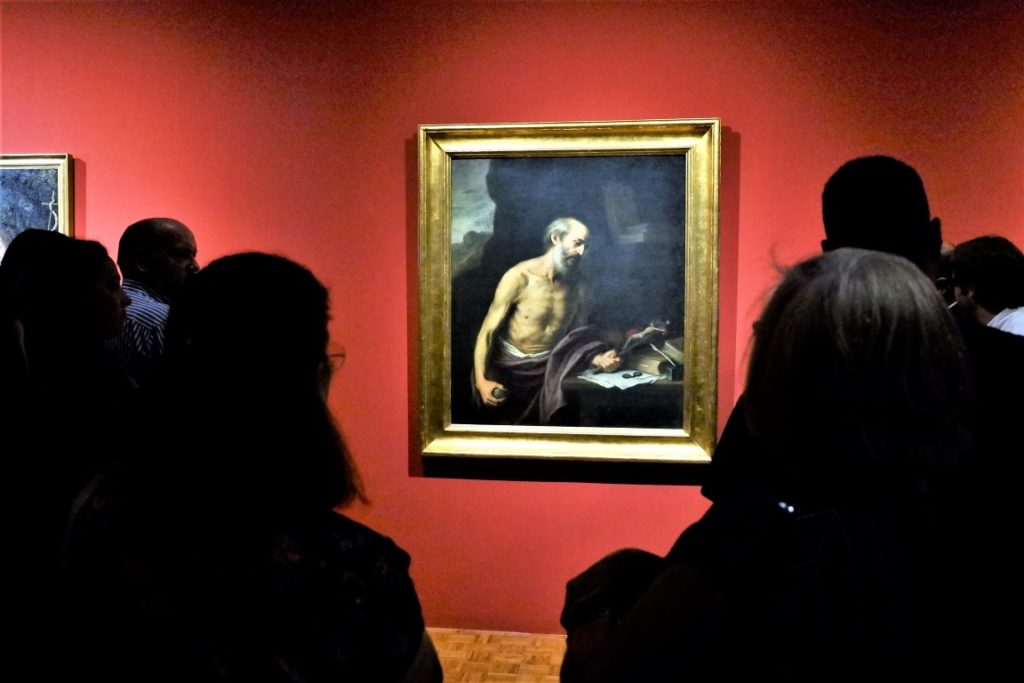
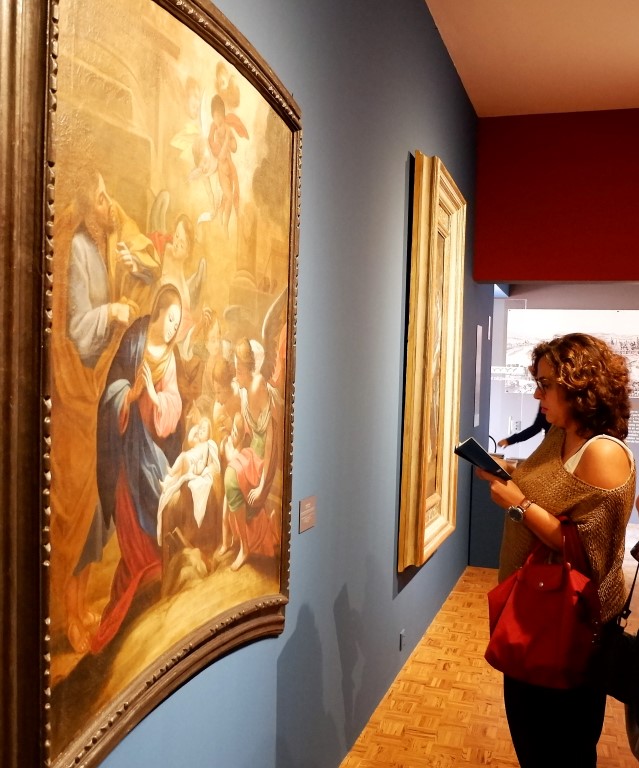
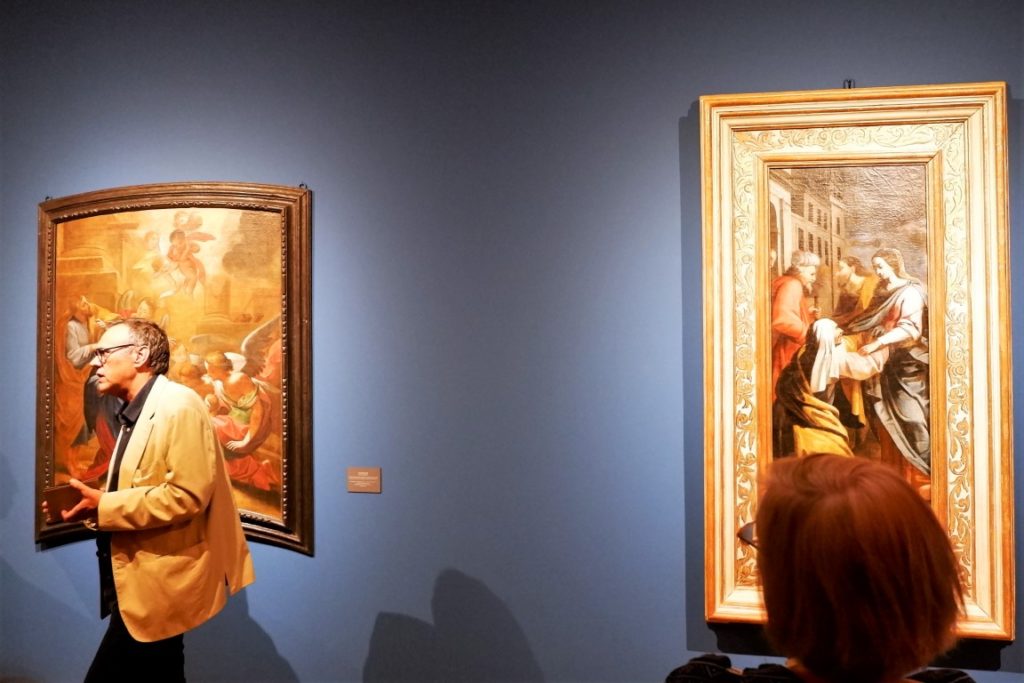
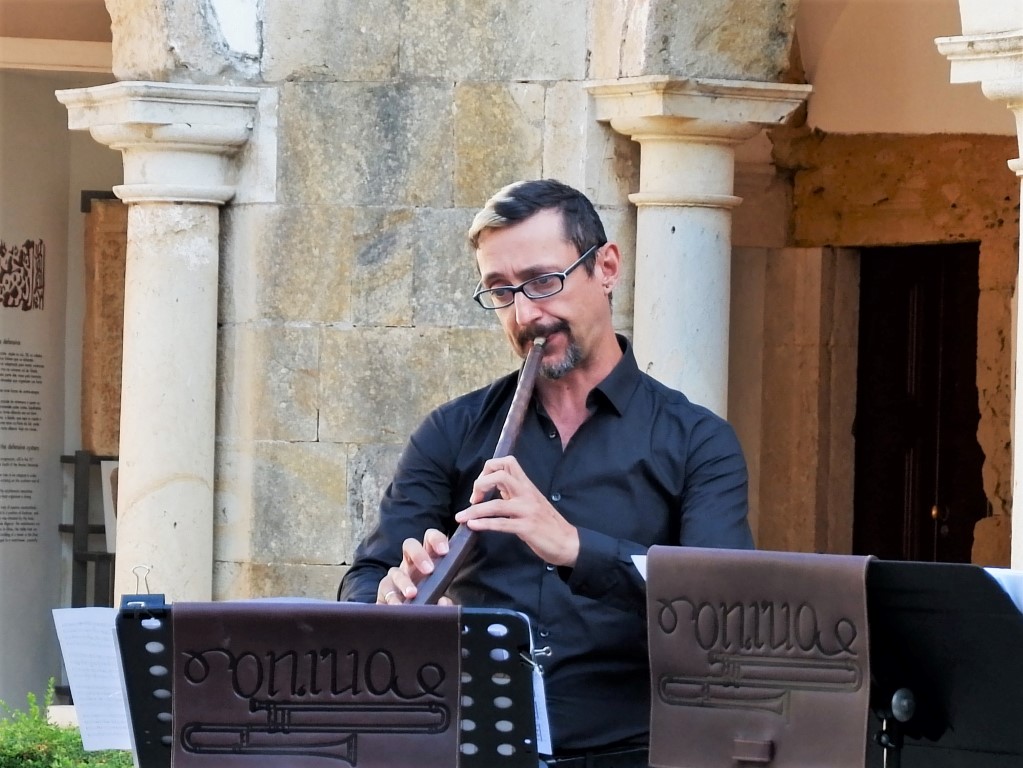
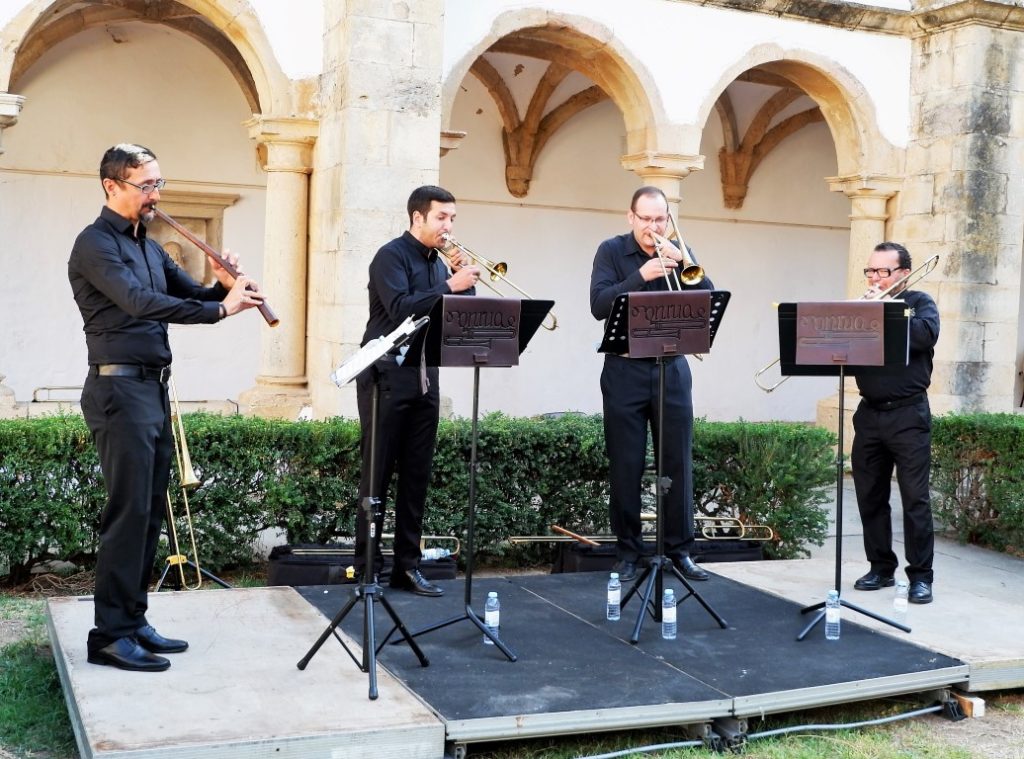
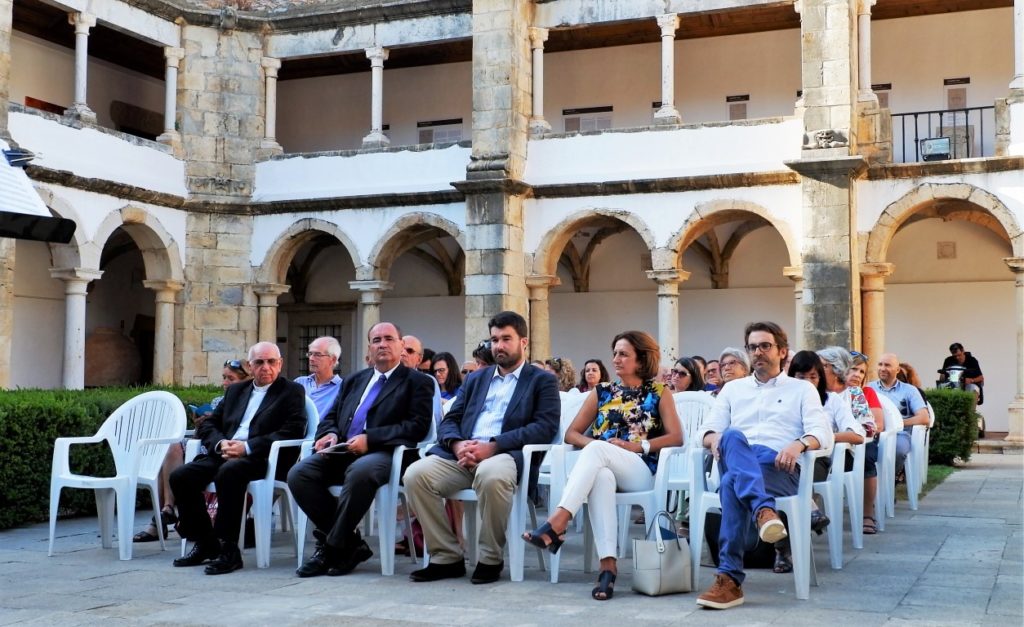

















Comments